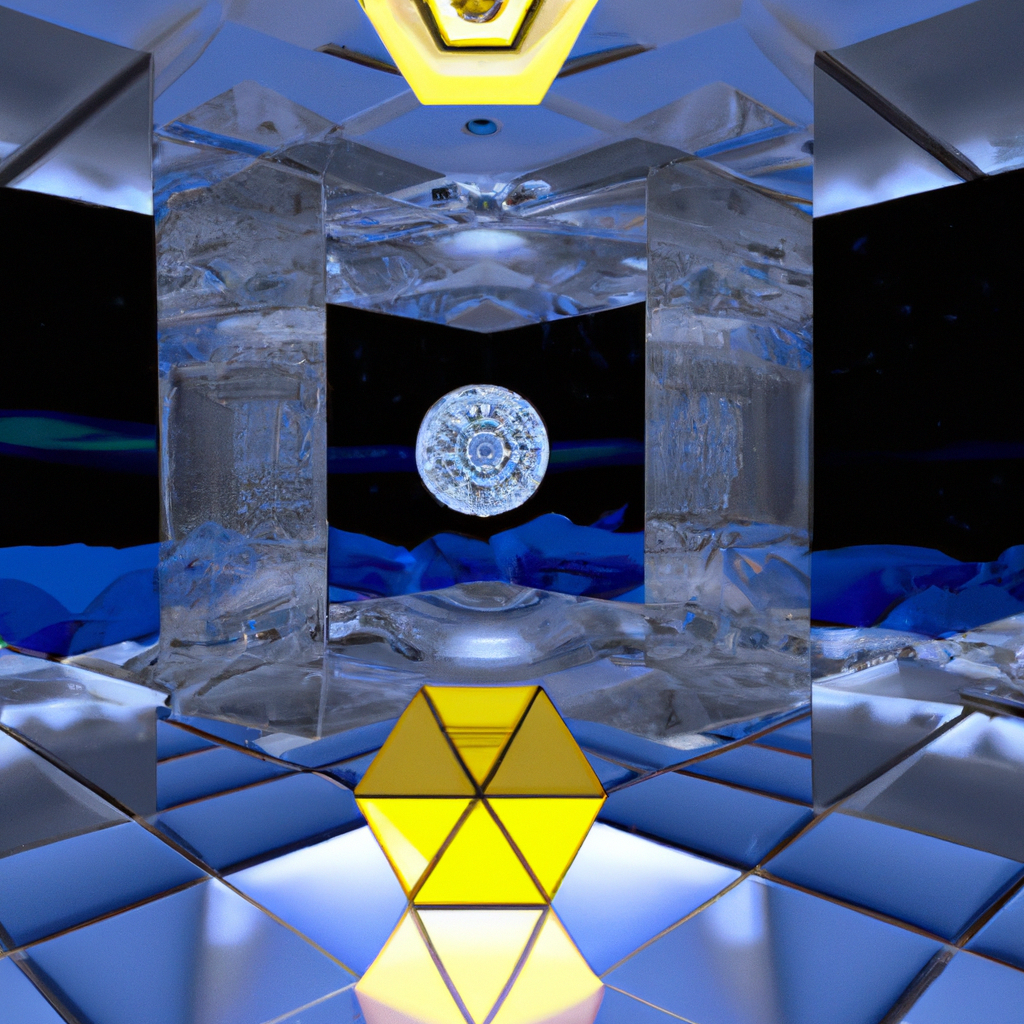A Detailed Guide To The Metaverse For Everyone, From Metaverse Projects To Metaverse Apps
The internet is an incredible platform for communication. But if you want to get on the internet, you need a computer and a reliable connection. The Metaverse can provide these things, as it allows its users to communicate through real life projections of themselves.
What is The Metaverse?

The Metaverse is a term coined by Neal Stephenson in his science fiction novel Snow Crash to describe a virtual reality world where people can interact with each other and with computer-generated objects. The word “Metaverse” is a combination of the words “meta” (meaning “beyond”) and “universe” (meaning “the totality of everything”).
In the novel, the Metaverse is a 3D virtual world where avatars can meet and interact with each other. Avatars in the Metaverse are digital representations of real people, and they can communicate with each other using text, voice, or gestures. The Metaverse is also home to many virtual businesses and organizations, and people can buy and sell products and services within the Metaverse.
The concept of the Metaverse has been popularized by many other works of fiction, including The Matrix trilogy, Ready Player One, and Sword Art Online. In recent years, there has been growing interest in creating a real-world Metaverse, with various projects underway to develop the necessary technology. These include Microsoft’s HoloLens project, Magic Leap’s mixed reality headset, and Facebook’s Oculus Rift VR headset.
What is the Metaverse Project?
The Metaverse Project is a decentralized virtual world platform with a built-in economy, developed by Chinese tech giant Tencent. It is based on blockchain technology and utilizes a virtual currency called “Metaverse tokens”. The project aims to create a “digital society” where individuals can own their data and digital assets, and interact with each other in a secure and transparent way.
Metaverse is often compared to Ethereum, as both projects aim to build a decentralized world computer. However, there are several key differences between the two. Metaverse is focused on building an ecosystem of digital assets and identities, while Ethereum focuses on running smart contracts. Metaverse also utilizes a Proof of Stake consensus algorithm (rather than Proof of Work), which makes it more scalable and energy-efficient.
The Metaverse project was launched in 2016, and has since grown to become one of the largest blockchain projects in China. The team behind Metaverse includes some of the country’s top blockchain experts, including co-founder Chen Hao – who is also the founder of Antshares (now NEO).
The Metaverse platform is still under development, but there are already a number of applications built on top of it. These include:
Asset Tokenization: Asset tokenization allows real-world assets to be represented by digital tokens on the blockchain. This enables fractional ownership of assets, as well as easier transfer and management of ownership rights.
How to Use The Metaverse in Real Estate?
The Metaverse is a digital world that exists parallel to our own. It is a place where people can meet, interact, and do business without ever leaving their homes. The Metaverse is also a great place to buy and sell real estate.
There are many ways to buy and sell real estate in the Metaverse. The most common way is through Metaverse projects. These are online communities that allow you to list your property for sale, and then buyers can browse the listings and purchase the property they want.
Another way to buy and sell real estate in the Metaverse is through Metaverse apps. These are websites or applications that allow you to list your property for sale, and then buyers can browse the listings and purchase the property they want.
If you are interested in buying or selling real estate in the Metaverse, there are a few things you need to know. First, you need to find a good Metaverse project or app to list your property on. Second, you need to make sure your listing includes all of the important details about the property, such as its location, size, price, etc. Finally, you need to be prepared to negotiate with buyers and close the deal.
How To Play A Game In The Metaverse?
Assuming you have already set up an account in a metaverse app, here are the basics of how to play a game in the metaverse:
-Open the app and sign in.
-Click on the game you want to play.
-Choose whether you want to play alone or with friends.
-If you are playing with friends, invite them to join your game.
-Once everyone is ready, start playing!
Some games may have different requirements or steps, but these are the basics of how to get started. Enjoy!
Apps in the metaverse
In the metaverse, apps are just as important as the platforms and projects that make up the metaverse itself. Without apps, the metaverse would be a barren wasteland with no purpose or function.
Apps in the metaverse can take many different forms, but they all serve one common purpose: to provide some sort of utility or value to users within the metaverse. This can be anything from a simple chat app to a complex 3D game or virtual world.
The possibilities for apps in the metaverse are nearly endless, and new and innovative apps are being created all the time. If you can think of it, chances are there’s already an app for it in the metaverse.
So what are some of the most popular and useful apps in the metaverse? Here’s a quick rundown of some of the most popular categories:
Chat Apps: Chat apps are perhaps the most basic and essential type of app in the metaverse. They allow users to communicate with each other in real-time, whether it’s for casual conversation or more serious discussion.
Some popular chat apps in the metaverse include Slack, Discord, and Telegram.
3D Games: 3D games are another popular category of app in the metaverse. These range from simple arcade games to full-fledged virtual worlds that players can explore and interact with.
Some popular 3D games in the metaverse include Second Life, Roblox, and Minecraft.
Conclusion
The Metaverse is an exciting new frontier for digital exploration, and we hope that this guide has helped you understand what it is and how you can get involved. Whether you’re interested in exploring metaverse projects or building your own metaverse app, there’s something for everyone in the Metaverse. We can’t wait to see what you create!
The Metaverse is a collective virtual shared space, created by the convergence of virtually enhanced physical reality and human-centered artificial intelligence. It is a persistent, shared, multiuser environment that includes both virtual reality (VR) and augmented reality (AR).
The benefits of the Metaverse are many and varied. For businesses, the Metaverse can provide a new way to engage with customers and employees. For individuals, it can offer an immersive and social experience that goes beyond what is possible in the physical world. And for society as a whole, the Metaverse has the potential to redefine how we interact with each other and with our surroundings.
One of the challenges of the Metaverse is creating a consistent and realistic experience across different devices and platforms. Another challenge is ensuring that personal data and privacy are protected in this new environment.
There are a few different ways to get started with the Metaverse. You can explore existing VR and AR experiences, or develop your own. You can also join online communities and forums to learn more about the Metaverse and its potential.
The Metaverse can be used for a variety of purposes, including social interaction, education, training, gaming, and business.
As with any new technology, there are some risks associated with the Metaverse. These include security and privacy concerns, as well as the potential for addiction and escapism.

